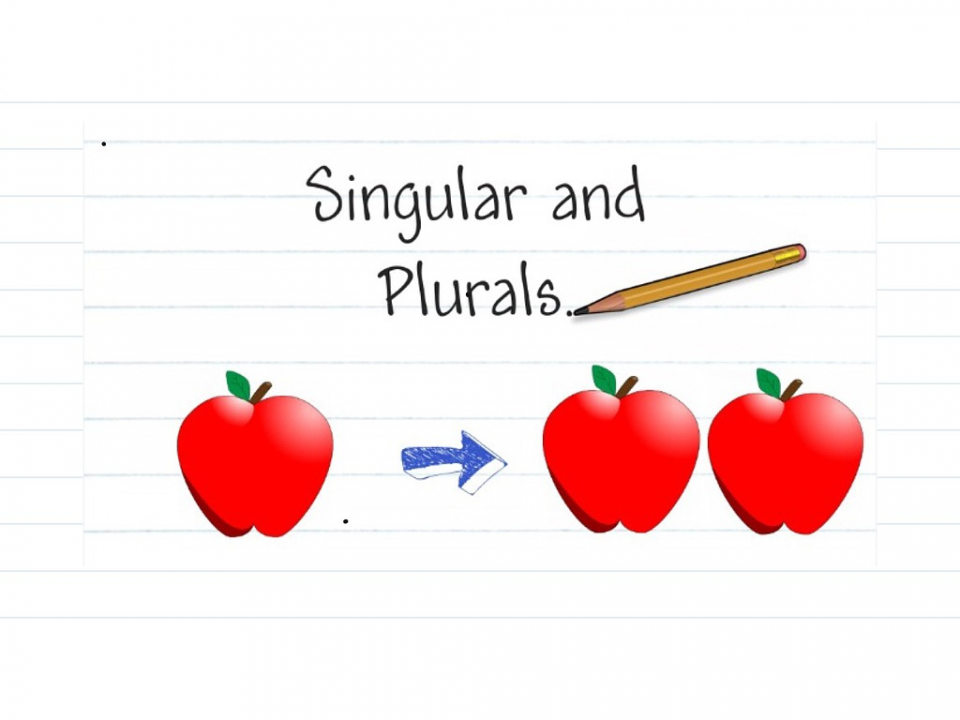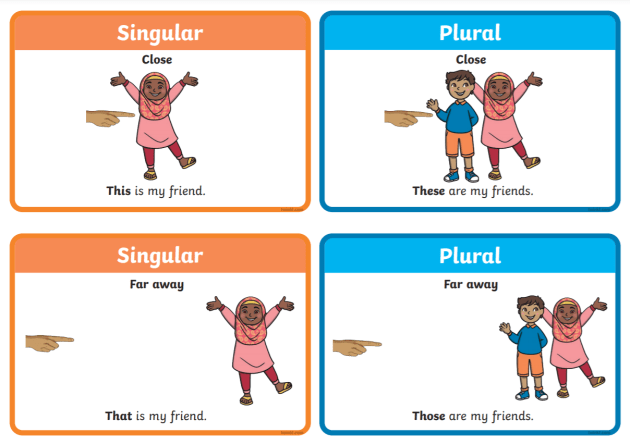Het arrangement Herhalen grammatica H3 is gemaakt met Wikiwijs van Kennisnet. Wikiwijs is hét onderwijsplatform waar je leermiddelen zoekt, maakt en deelt.
- Auteur
- Laatst gewijzigd
- 05-04-2022 15:16:40
- Licentie
-
Dit lesmateriaal is gepubliceerd onder de Creative Commons Naamsvermelding 4.0 Internationale licentie. Dit houdt in dat je onder de voorwaarde van naamsvermelding vrij bent om:
- het werk te delen - te kopiëren, te verspreiden en door te geven via elk medium of bestandsformaat
- het werk te bewerken - te remixen, te veranderen en afgeleide werken te maken
- voor alle doeleinden, inclusief commerciële doeleinden.
Meer informatie over de CC Naamsvermelding 4.0 Internationale licentie.
Aanvullende informatie over dit lesmateriaal
Van dit lesmateriaal is de volgende aanvullende informatie beschikbaar:
- Eindgebruiker
- leerling/student
- Moeilijkheidsgraad
- gemiddeld
- Studiebelasting
- 4 uur 0 minuten
Bronnen
| Bron | Type |
|---|---|
|
Kennisclip mevrouw Nalbant https://youtu.be/JjmX15gMb30 |
Link |
|
Some and any exercises https://agendaweb.org/grammar/any_some-exercises.html |
Link |
|
https://www.youtube.com/watch?v=juhyvurt6Jw https://www.youtube.com/watch?v=juhyvurt6Jw |
Video |
|
Summatieve toets H3 https://docs.google.com/forms/d/e/1FAIpQLSfbXOZnvVP92_D0eU13yk43Y_h_X4gEF3DGx_ha1xaIkoF7Hg/viewform?usp=sf_link |
Link |





